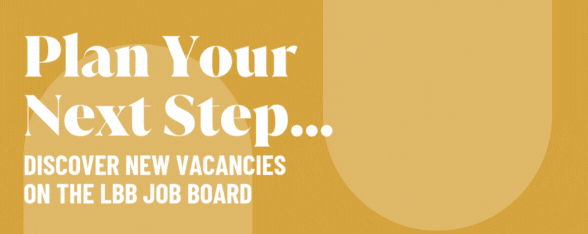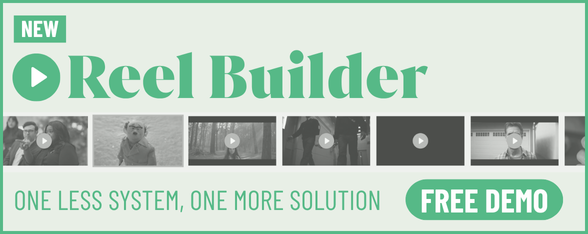
Thinking Outside The Box with Amanda Dillingham

A native of Nashville, Tennessee, Amanda Dillingham earned her BFA in art from Watkins College of Art & Design and her MFA from Vermont College of Fine Art. She began her film and television production career in the art department before becoming a producer.
Based on her high-profile work spanning live events, music videos, short- and long-form films and commercials, Amanda was named supervising producer for Bella in 2024. Every day, she works with leading talents from around the world to oversee the full-service production studio's diverse range of commercials and brand works.
LBB> What was your first role in the production world and how did this experience influence how you think about production and how you grew your career?
Amanda> My very first role in production was doing production design for my husband’s student films while we were in college. It showed me how you can really push the production quality with a little effort and without a ton of money.
My first real production world job was being an art director for a Christian feature film. It was intense and I learned a lot about the importance of preparation.
LBB> How did you learn to be a producer?
Amanda> When I was doing art direction, I realised that many times if I could find the right location that was more turnkey, then the art lift was less. Growing up in Nashville, I knew a lot of people and was never afraid to call to ask for favours like filming at a location, or borrowing props.
I think that and my organisational skills moved me more into producing and away from art direction. I really love problem solving and my art degree gave me an insightful way to think outside the box.
LBB> A good producer should be able to produce for any medium, from film to events to digital experience. Do you agree or disagree with this statement? Why/why not?
Amanda> I agree. The line between all of those mediums is so grey nowadays with social media advertising as well. I think you should be able to produce for any medium, but some may come easier than others.
I love a good studio shoot for ease but also sometimes being on location can be just as easy. It’s all about being able to think about the needs of the shoot and assembling the right team.
LBB> What do you think is the key to being an effective producer - and is it something that’s innate or something that can be learned?
Amanda> I think it can be learned somewhat. You need to be organised, a problem solver and also even headed.
I think when I was younger, I was more decisive about what could and couldn’t be done but now I am slower to say no to something until I have some time to think on it – so that would be something learned.
LBB> And in terms of recent work, which projects have you found to be particularly exciting or have presented particularly interesting production challenges?
Amanda> The San Antonio tourism pieces were challenging because we were filming on location in four to five locations a day. That was a grind but also really exciting when we were making it work and seeing the footage each day.
The work we’ve been doing with Chevron is also pretty interesting. I love work where I can learn and I definitely wasn’t expecting to learn so much about hydrogen energy. Meeting all the people in a more documentary setting is also lots of fun.
LBB> What advice would you give to people who are interested in becoming a producer?
Amanda> If you are interested in being a producer, get on every type of project you can. I would also say, try to find a mentor.
When I was coming up coordinating and production managing, I was really lucky to work with a producer who was willing to show me the way even if it meant going slower on processes or procedures.
It was extremely helpful to have someone to bounce questions off of as I moved on. Also be nice to everyone, you never know when you will run into them again.
LBB> From your experience what are the ingredients for a successful production?
Amanda> First organisation is key.
The more you can think out before showing up on set, the better. It keeps the set moving, and everyone knows what they are responsible for.
Also keeping everyone happy on set – crew, talent, vendors, client, agency – is really important. Yelling on set to me feels very backwards, so asking for things in a polite manner and keeping a can-do attitude is super important. Also being able to pitch in where it’s needed.
LBB> What’s the key to a successful production-client relationship?
Amanda> I think it’s really important to listen and ask questions with the client once they are on set. I try to always be listening so if I hear a comment or something even if it’s under their breath, I can address it.
Again, being organised in preproduction is key so there aren’t surprises on set, but also surprises happen so keeping a positive attitude is also really important.
















